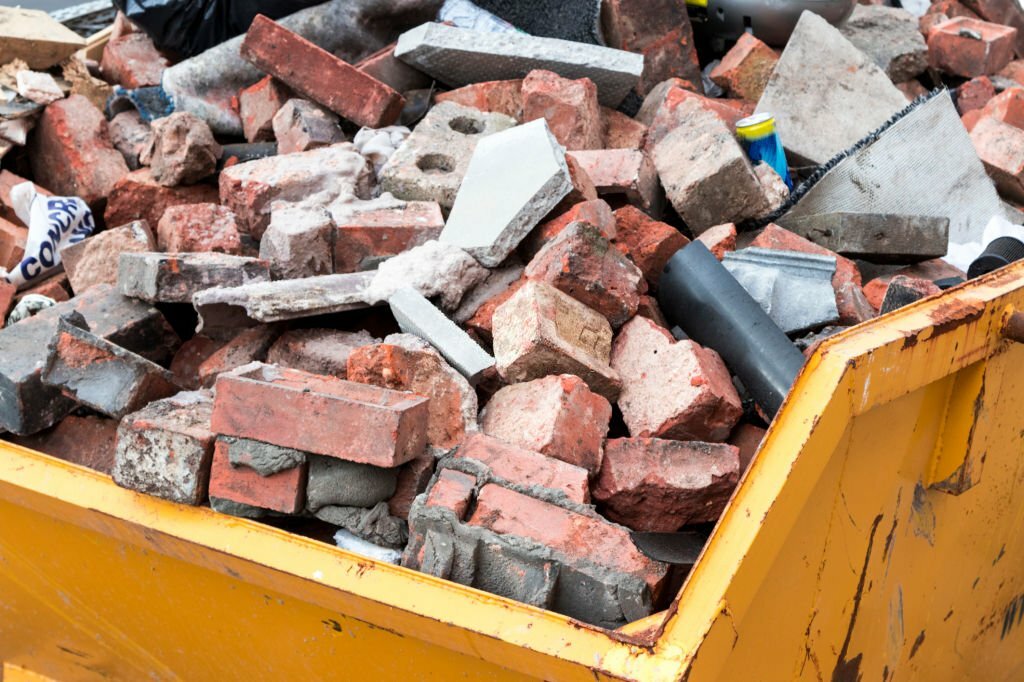Brick removal is crucial in renovation and repair projects involving brick structures. Whether renovating an old building or repairing a damaged wall, removing bricks safely and efficiently is essential to ensure the success of your project. This article will discuss the various methods and considerations involved in brick removal for renovations and repairs.

Before you begin removing bricks, it is important to assess the condition of the bricks and the overall structure. If the bricks are in good condition and reusable, consider salvaging them for future use. However, if the bricks are damaged or weak, it is best to replace them entirely.
One of the most common methods of brick removal is manual demolition. This involves using hand tools such as a hammer and chisel to chip away at the mortar surrounding the bricks carefully. Starting from the top and working your way down is essential, ensuring that the bricks above are adequately supported to prevent accidents. This method is time-consuming and physically demanding, but it allows for greater control and reduces the risk of damaging surrounding bricks.
Mechanical demolition methods may be more suitable for larger-scale projects or when time is of the essence. This involves using power tools such as jackhammers or demolition hammers to break apart the mortar and remove the bricks. While this method is faster, it can be more challenging to control and may damage the surrounding area more. Therefore, it is crucial to exercise caution and use appropriate protective equipment to prevent injuries.
Another option for brick removal is the use of a brick saw. A brick saw is a specialized tool that precisely cuts bricks and mortar joints. This method is ideal for situations where specific bricks must be removed without disturbing the surrounding structure. However, it is essential to note that brick saws can be expensive and require professional expertise to operate safely.
Regardless of the chosen method, taking proper safety precautions when removing bricks is essential. Protective gear such as safety goggles, gloves, and a dust mask is crucial to prevent injuries and exposure to hazardous materials. Additionally, ensuring a stable work surface and using appropriate scaffolding or ladders can help prevent falls or accidents.
Once the bricks have been removed, it is essential to dispose of them properly. If the bricks are in good condition, they can be salvaged and reused for future projects. However, damaged or unusable bricks should be disposed of responsibly. In some cases, local recycling centers may accept bricks for recycling. Alternatively, you may need to hire a waste disposal service to dispose of the bricks properly.
After brick removal, the next step is to clean and prepare the area for repairs or renovations. Remove any remaining mortar or debris from the brick joints using a wire brush or chisel. It is important to ensure the area is clean and free of any loose or crumbling mortar before proceeding with the next steps.
In conclusion, brick removal is critical in renovation and repair projects involving brick structures. Whether you choose manual demolition, mechanical methods, or specialized tools such as brick saws, it is crucial to prioritize safety and take appropriate precautions. By carefully removing and disposing of bricks, you can ensure the success and longevity of your renovation or repair project.